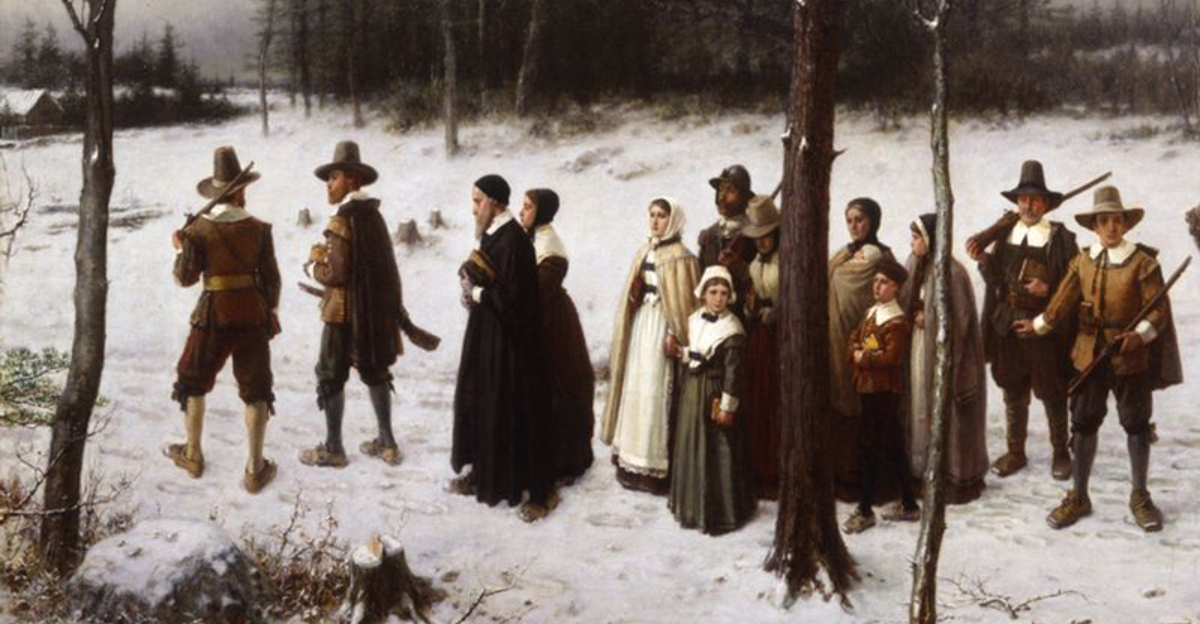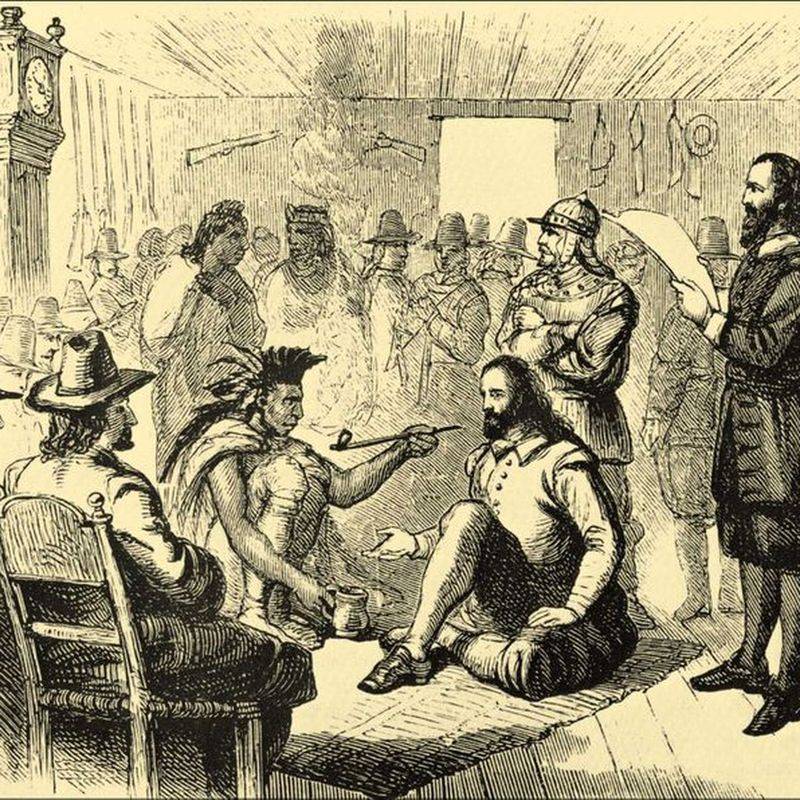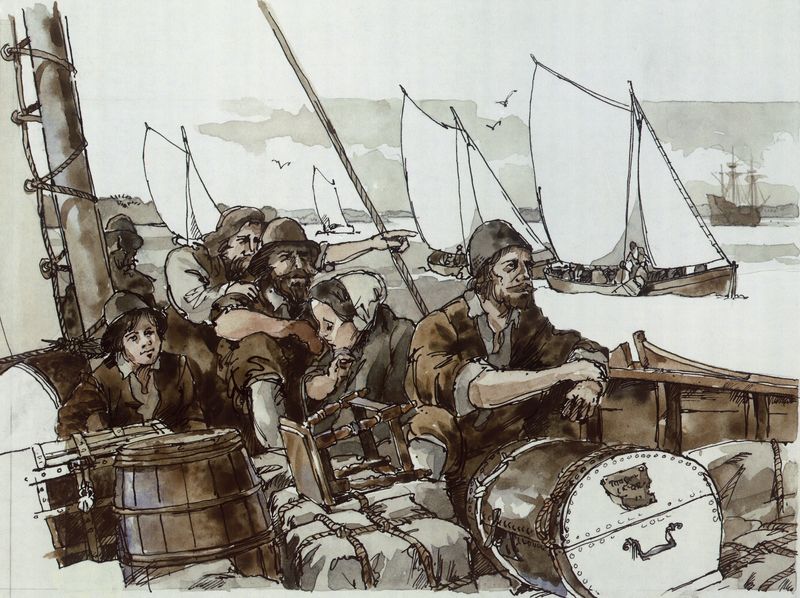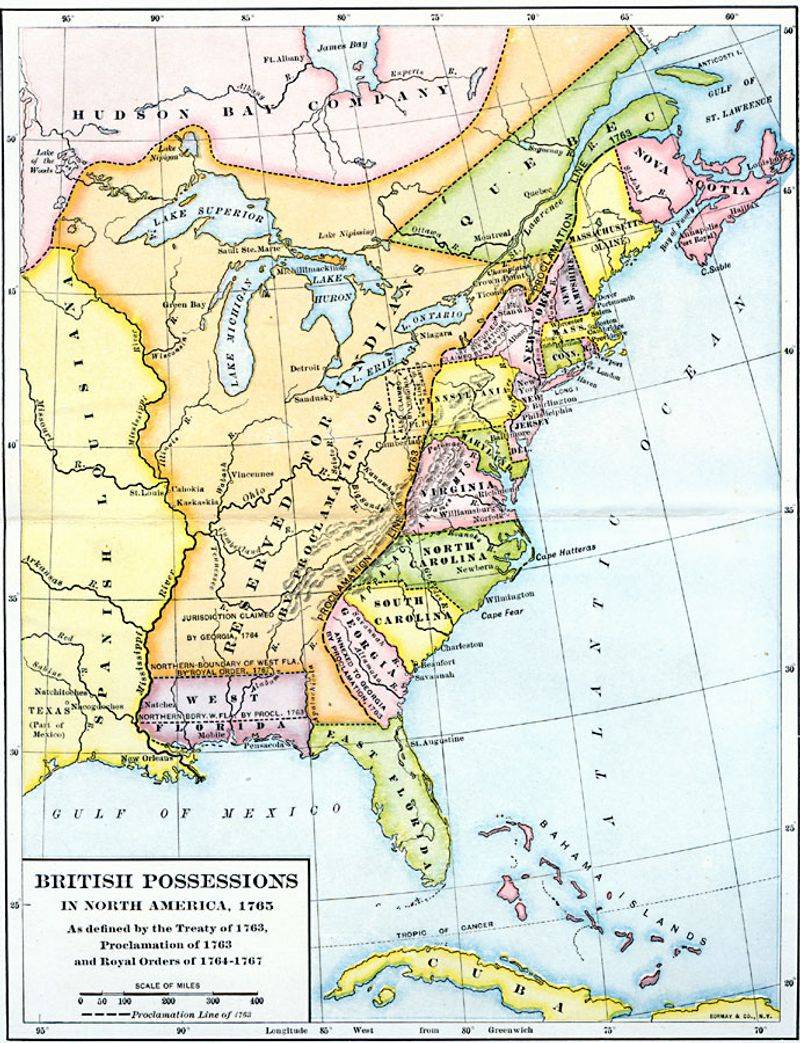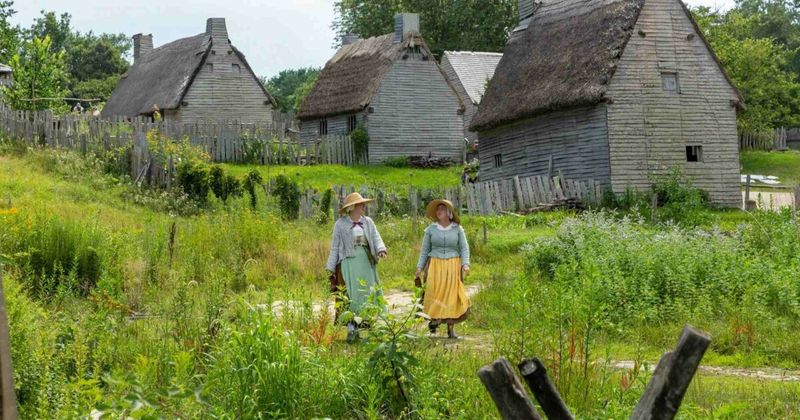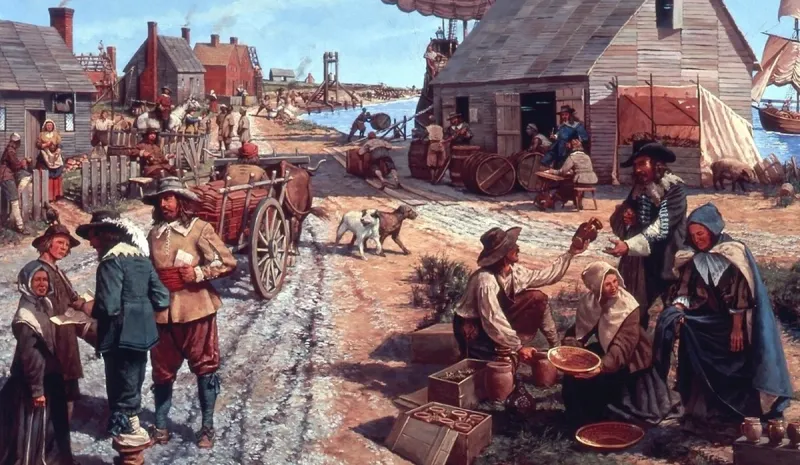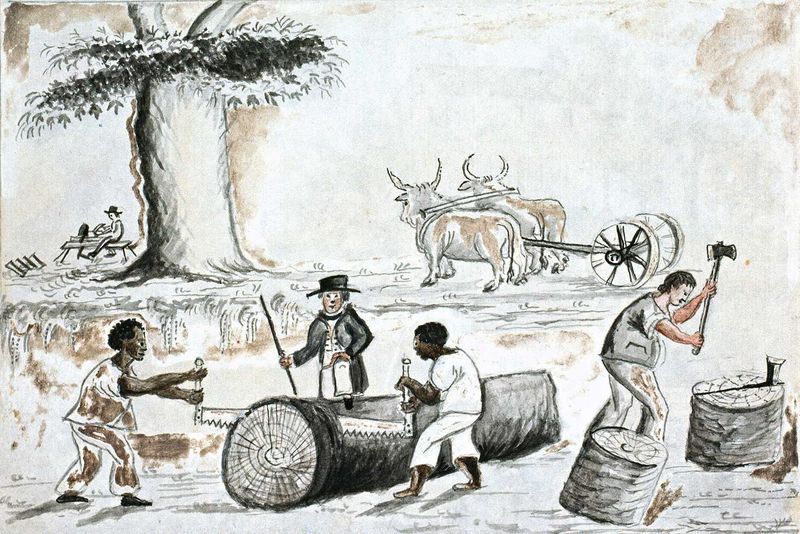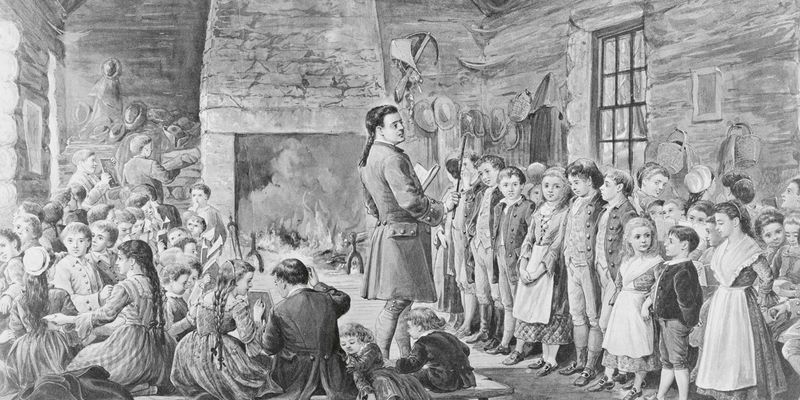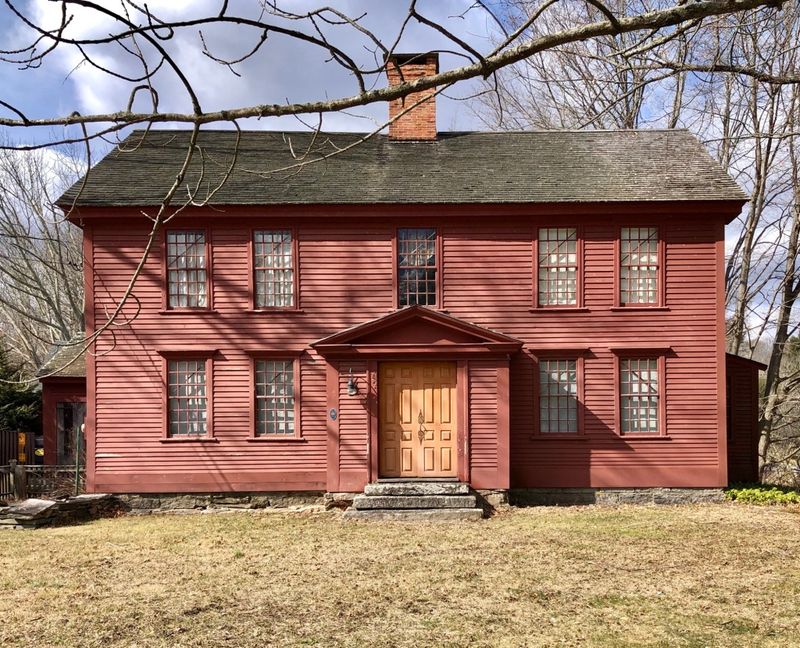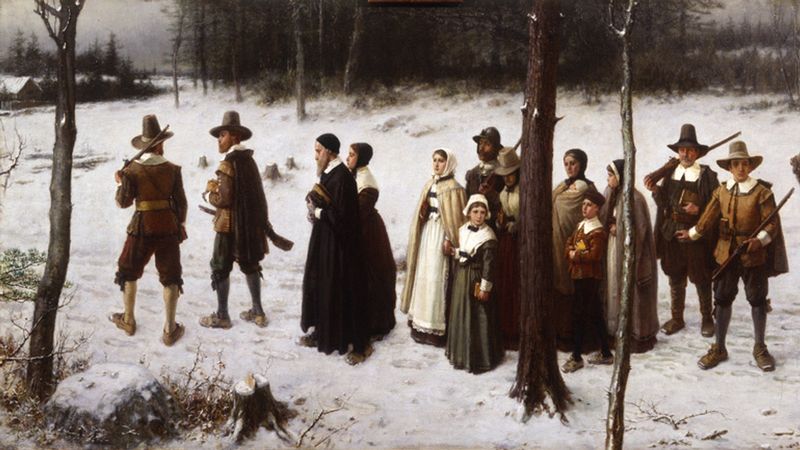We all remember those elementary school lessons on Colonial America—pilgrims, powdered wigs, and peaceful Thanksgivings. But a lot of what we learned wasn’t exactly accurate. History is complex, messy, and full of surprises. Here are 17 common Colonial America myths that still sneak into classrooms and textbooks.
1. The Pilgrims Wore All Black and Had Buckles Everywhere
Those iconic black outfits with shiny buckles? It’s a fashion myth. Pilgrims embraced various colors like browns, greens, and even reds. They didn’t have buckles on their hats or shoes; those were a later artistic addition.
Such vivid colors and practical clothing served a purpose, showcasing a society more vibrant than the monochrome scenes often imagined. Colors were a crucial part of their everyday lives, not the drab black and white image that history textbooks often depict.
2. Thanksgiving Was a Peaceful Feast of Unity
The first Thanksgiving was more of a political gathering than a cheerful feast. The Pilgrims and Wampanoag shared food, but their relationship was complex and fraught with mistrust.
The meal was a delicate truce in a landscape filled with uncertainty and survival challenges. This nuanced reality contrasts sharply with the harmonious images often depicted in schools, revealing a historical tapestry rich in complexity.
3. Colonists Came for Religious Freedom (Only)
Religious freedom is only part of the story for why colonists ventured to America. Many came seeking economic opportunities, land, or escaping debts.
Once settled, tolerance wasn’t universal. Many colonies established strict religious codes, highlighting a paradox in the quest for freedom. Their motivations were as varied as their backgrounds, painting a richer picture than the sole search for religious liberty.
4. America Was Just 13 Colonies
Before the United States formed, more than 13 British colonies existed in North America, spanning from Canada to the Caribbean. The 13 are just those that rebelled. Visualize a map teeming with British claims, each colony with its unique story.
These colonies were a mosaic of cultural and economic endeavors, not merely stepping stones to revolution. Their varied paths underscore the diversity and complexity of colonial America, contrasting with the simplified narrative of 13 unified colonies.
5. Everyone Lived in Log Cabins
Log cabins are often associated with early settlers, but they were mostly used on the frontier and came later. In early colonial life, frame houses and wattle-and-daub structures were the norm in places like New England.
These constructions reflected European influences, showcasing colonial adaptation and innovation.
6. Colonists Were Mostly British
Colonial America was not solely a British endeavor. Dutch, German, Swedish, French, and African influences were significant.
This cultural tapestry enriched colonial life, presenting a society more diverse than often portrayed. The idea of a homogenous British colony overlooks the profound impact of these varied groups who helped shape colonial identity and development.
7. People Bathed Once a Year
Hygiene in colonial America was more nuanced than the stereotype of annual baths. People did bathe, often using cloths and basins, especially among the wealthier classes.
Bathing was not the rarity it’s sometimes imagined to be. While different from modern standards, these practices reflect a society attentive to cleanliness, particularly among those who could afford it.
8. Everyone Was Patriotic Before the Revolution
Patriotism before the American Revolution was not universal. Many colonists were loyal to Britain or remained neutral.
This divided sentiment highlights the complexity of colonial identity and loyalty. The simplistic idea of united colonial patriotism overlooks the nuanced political landscape that characterized pre-revolutionary America.
9. Colonists Spoke the Same English We Do Today
The English spoken by colonists was a blend of British and early American accents, distinct from today’s American English.
This linguistic diversity reflected the changing cultural landscape as new dialects emerged. Understanding language evolution offers insight into the social dynamics of colonial communities, far removed from the uniformity suggested by modern comparisons.
10. Slavery Only Existed in the South
Slavery was prevalent in all 13 colonies, not just the South. New York and Rhode Island had significant slave populations.
The reality of slavery in the North challenges the often simplistic narrative that confines it to southern plantations. This broader view reveals a more comprehensive understanding of colonial economic and social structures.
11. Ben Franklin Discovered Electricity with a Kite
Franklin’s famous kite experiment didn’t discover electricity but demonstrated that lightning was electrical. His ingenuity lay in proving connections, not in mythic lightning strikes.
This breakthrough expanded scientific understanding but didn’t involve the dramatic scenes often imagined. Franklin’s experiments reflect the era’s spirit of inquiry and innovation, challenging the simplified stories told in schools.
12. Colonial Women Had No Power
Colonial women couldn’t vote but often ran businesses, managed farms, and influenced community decisions, especially in their husbands’ absence.
Their contributions were significant, reflecting a dynamic role in colonial society beyond domestic boundaries. This active participation challenges the stereotype of passive colonial womanhood, highlighting their essential role in shaping community life.
13. Children Were Mini-Adults
While children had responsibilities early, colonial childhood was not devoid of fun or learning. Kids played with toys and attended school when possible.
This balanced childhood experience challenges the idea of children merely as mini-adults. It highlights a society that valued education and play, fostering a richer understanding of childhood in the colonial era.
14. The Colonies Were Poor and Struggling
Not all colonists were poor. Plantation owners, merchants, and traders often lived in grand homes and wore European fashions.
This wealth highlights the economic disparities of the time, breaking the stereotype of universal colonial hardship. The reality included both opulence and poverty, providing a deeper insight into colonial economic life.
15. Everyone Went to Church Every Sunday
Church attendance varied widely. In some areas, churches were scarce or distant.
This varied religious commitment reflects a more complex spiritual landscape than the image of devout uniformity. Understanding these practices reveals a tapestry of faith and personal choice within colonial communities.
16. Paul Revere Rode Alone
Paul Revere wasn’t the only midnight rider. Others like William Dawes and Samuel Prescott also spread the alarm about British movements.
This collaboration underscores the collective efforts in the revolutionary cause, challenging the lone rider myth. It paints a fuller picture of the midnight ride, emphasizing teamwork over individual action.
17. Colonial America Was a Unified Society
Colonial society was far from unified, with different dialects, customs, and laws.
This diversity contrasts with the myth of colonial unity, revealing a society rich in cultural interactions and distinctions. The varied colonial experience highlights the complexity of forming a unified identity, a process unfolding well beyond the colonial period.
